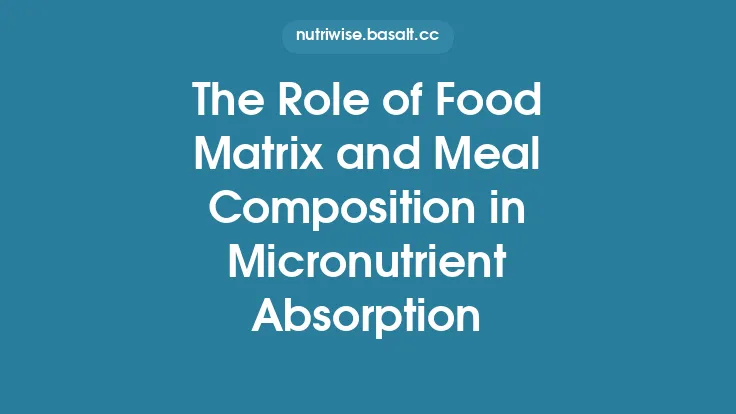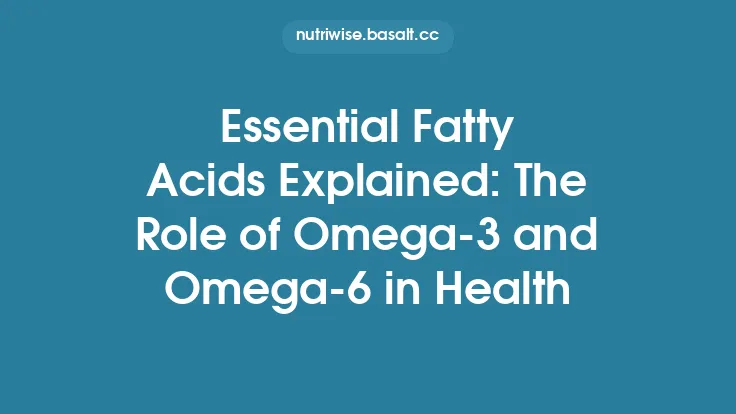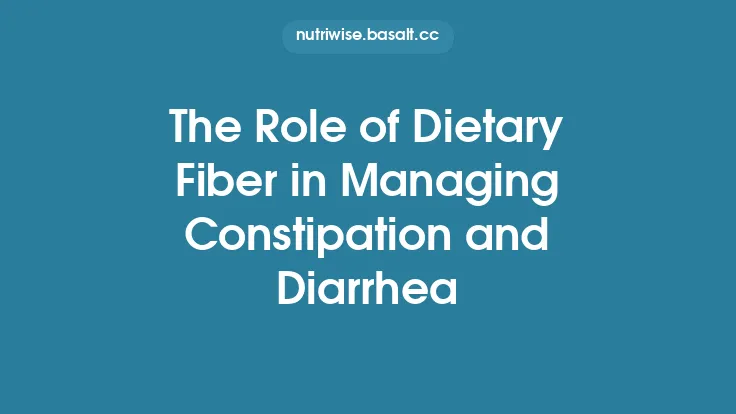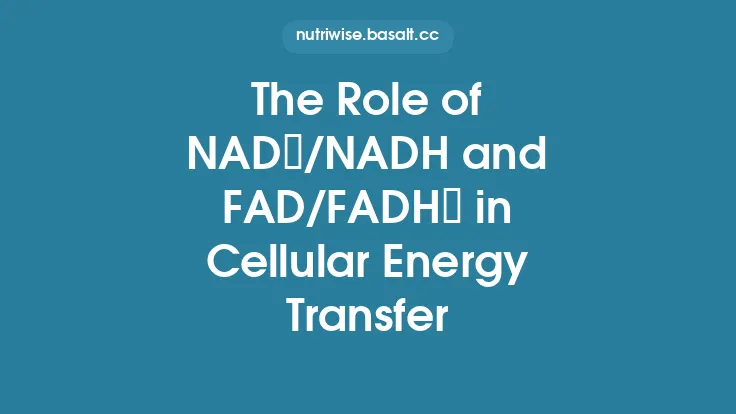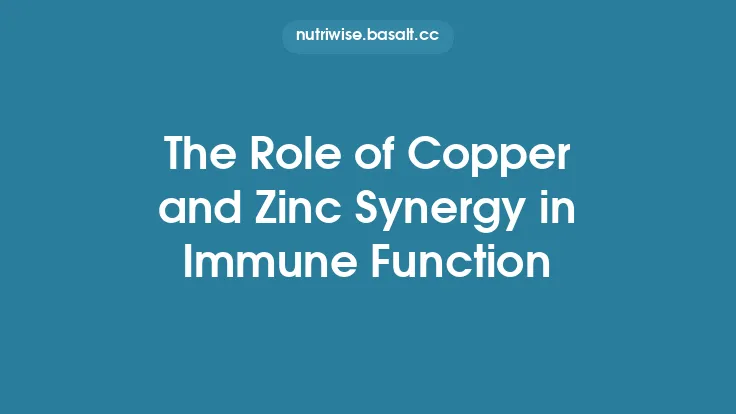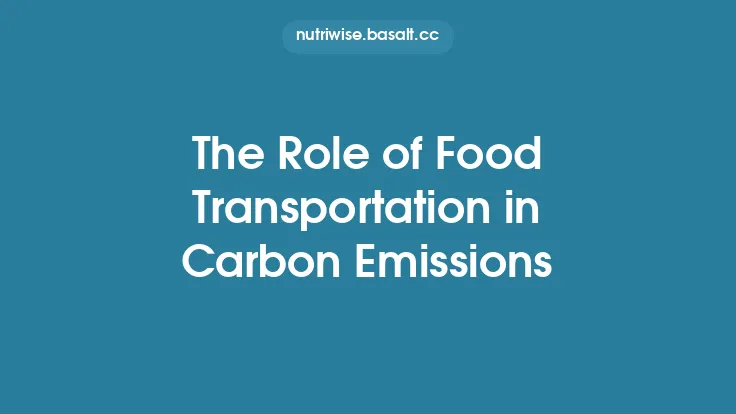The esophagus is a muscular conduit that bridges the oral cavity and the stomach, serving as the primary pathway for the orderly movement of ingested material from the mouth to the gastric lumen. Although only about 25 cm long in the average adult, this tube performs a highly coordinated series of mechanical actions—collectively known as peristalsis—that ensure efficient, unidirectional transport of the bolus while protecting the airway and preventing reflux. Understanding the esophagus’s structure, the physiology of its motility, and the neural circuits that regulate these processes is essential for appreciating its central role in digestion.
Anatomical Overview of the Esophagus
Gross Morphology
The esophagus extends from the inferior border of the cricoid cartilage (approximately the level of the C6 vertebra) to the cardiac orifice of the stomach, traversing the neck, thorax, and a short intra‑abdominal segment. It is divided into three regions based on location and histological characteristics:
- Cervical (upper) esophagus – roughly 5 cm, situated in the neck, surrounded by the prevertebral fascia.
- Thoracic (mid) esophagus – about 15 cm, lies within the posterior mediastinum, adjacent to the trachea, aorta, and vertebral bodies.
- Abdominal (lower) esophagus – the final 2–3 cm, passes through the diaphragmatic hiatus before entering the stomach.
Histological Layers
The esophageal wall is organized into four concentric layers, each contributing to its functional capabilities:
| Layer | Composition | Functional Significance |
|---|---|---|
| Mucosa | Stratified squamous epitheli – non‑keratinized, lamina propria, and a thin muscularis mucosae | Provides a resilient barrier against mechanical abrasion from the bolus; the muscularis mucosae assists in local mucosal folding. |
| Submucosa | Dense connective tissue rich in elastic fibers, blood vessels, lymphatics, and the submucosal (Meissner) plexus | Supplies nutrients to the overlying layers; the Meissner plexus modulates secretions and local blood flow. |
| Muscularis externa | Inner circular layer + outer longitudinal layer; upper 1/3 skeletal (striated) muscle, middle 1/3 mixed (striated + smooth), lower 1/3 smooth muscle | Generates the peristaltic wave; the transition from striated to smooth muscle reflects a shift from voluntary to involuntary control. |
| Adventitia (or serosa) | Loose connective tissue (adventitia) in the thoracic portion; serosa (visceral peritoneum) in the abdominal portion | Anchors the esophagus to surrounding structures; serosal coverage facilitates movement within the abdominal cavity. |
The Mechanics of Esophageal Transport
Bolus Formation and Initiation
After mastication, the tongue propels the chewed food into the oropharynx, where a coordinated swallow reflex is triggered. The soft palate elevates, the epiglottis closes over the laryngeal inlet, and the upper esophageal sphincter (UES) relaxes, allowing the bolus to enter the cervical esophagus.
Peristaltic Wave Generation
Peristalsis in the esophagus is a sequential contraction–relaxation pattern that moves the bolus distally:
- Primary (or “swallow‑induced”) peristalsis – Initiated by the central pattern generator in the medulla (the swallowing center). A rapid, high‑amplitude contraction travels down the esophagus, synchronized with simultaneous relaxation of the lumen ahead of the bolus. This wave typically lasts 3–8 seconds from the UES to the lower esophageal sphincter (LES).
- Secondary (or “spontaneous”) peristalsis – Occurs when residual material remains after the primary wave. It is slower, lower in amplitude, and can be triggered locally by stretch receptors in the esophageal wall.
Force Generation
The circular muscle layer shortens the lumen’s circumference, increasing intraluminal pressure behind the bolus, while the longitudinal layer shortens the tube length, pulling the bolus forward. The coordinated activity creates a pressure gradient that propels the bolus without requiring external forces.
Role of the Upper and Lower Esophageal Sphincters
- Upper Esophageal Sphincter (UES) – A high‑pressure zone formed mainly by the cricopharyngeus muscle (striated). It remains tonically contracted to prevent air entry and reflux, relaxing briefly during swallowing.
- Lower Esophageal Sphincter (LES) – A specialized segment of smooth muscle that maintains basal tone (~15–30 mm Hg) to prevent gastric contents from refluxing. During peristalsis, the LES relaxes in a coordinated fashion (via inhibitory neural pathways) to allow bolus entry into the stomach, then promptly re‑establishes tone.
Neural Regulation of Esophageal Motility
Central Control
The swallowing center resides in the medullary reticular formation (nucleus tractus solitarius and nucleus ambiguus). It integrates sensory input from the oropharynx, pharynx, and esophagus, and issues motor commands to the cranial nerves (V, VII, IX, X, XII) that orchestrate the complex sequence of muscle activations.
Enteric Nervous System (ENS) Contributions
Within the esophageal wall, two plexuses modulate motility:
- Meissner (submucosal) plexus – Primarily regulates local blood flow and secretions, indirectly influencing muscle performance.
- Auerbach (myenteric) plexus – Situated between the circular and longitudinal muscle layers; it is the principal driver of peristaltic activity. It contains excitatory (cholinergic, tachykininergic) and inhibitory (nitric oxide, vasoactive intestinal peptide) neurons that coordinate contraction and relaxation.
Neurotransmitters and Receptors
- Acetylcholine (ACh) – Binds to muscarinic (M₃) receptors on smooth muscle, causing contraction.
- Nitric Oxide (NO) – Diffuses into smooth muscle cells, activating guanylate cyclase, raising cGMP, and causing relaxation.
- Vasoactive Intestinal Peptide (VIP) – Works synergistically with NO to promote relaxation, especially in the LES.
- Substance P and Neurokinin A – Excitatory neuropeptides that augment ACh‑mediated contraction.
Reflex Pathways
- Primary peristaltic reflex – Afferent fibers from mechanoreceptors in the pharynx and upper esophagus travel via the glossopharyngeal and vagus nerves to the swallowing center, which then sends efferent signals to the esophageal muscles.
- Secondary peristaltic reflex – Local stretch receptors within the esophageal wall send afferent signals directly to the myenteric plexus, generating a peristaltic wave without central involvement.
Adaptations for Efficient Transport
Elasticity and Compliance
The esophageal wall exhibits high compliance, allowing it to accommodate boluses of varying volumes without excessive pressure buildup. Elastic fibers in the submucosa and adventitia store energy during contraction and release it during relaxation, enhancing the efficiency of the peristaltic wave.
Segmental Coordination
The transition from striated to smooth muscle is not abrupt; a “mixed” zone provides a seamless handoff from voluntary to involuntary control. This arrangement ensures that the bolus is propelled continuously even as the neural control shifts from cortical (voluntary) to brainstem and enteric (autonomic) mechanisms.
Protective Mechanisms
- Mucosal lubrication – Serous secretions from submucosal glands and saliva provide a thin lubricating film, reducing friction.
- Rapid clearance – The peristaltic wave clears the esophagus within seconds, limiting exposure of the mucosa to potentially harmful substances (e.g., acidic gastric reflux).
- Sphincteric barriers – The UES and LES act as gatekeepers, preventing entry of air, food particles, and gastric contents that could compromise airway safety or mucosal integrity.
Clinical Correlates (Focused on Esophageal Function)
While the article’s primary aim is to describe normal physiology, brief mention of functional disturbances helps illustrate the importance of the mechanisms described.
- Dysphagia – Impaired bolus transit can arise from neuromuscular deficits (e.g., stroke affecting the swallowing center) or structural lesions that disrupt the coordinated contraction–relaxation sequence.
- Achalasia – Failure of LES relaxation and loss of peristalsis in the distal esophagus, typically due to degeneration of inhibitory neurons in the myenteric plexus.
- Diffuse Esophageal Spasm – Uncoordinated, simultaneous contractions caused by abnormal excitatory signaling, leading to chest pain and dysphagia.
These conditions underscore how precise the balance of excitatory and inhibitory inputs must be for normal esophageal transport.
Summary of the Esophagus’s Role in Food Transport
- Conduit Function – Provides a protected, flexible tube that moves the bolus from the mouth to the stomach.
- Peristaltic Propulsion – Generates a coordinated, pressure‑driven wave through sequential circular and longitudinal muscle contractions.
- Neural Integration – Operates under a hierarchical control system: voluntary initiation via cortical pathways, central pattern generation in the brainstem, and fine‑tuned modulation by the enteric nervous system.
- Sphincteric Regulation – The UES and LES act as dynamic valves, opening at precise moments to allow bolus entry while maintaining barrier functions.
- Adaptation to Variable Loads – Elastic and compliant tissue properties enable the esophagus to handle boluses of differing size and consistency without compromising safety.
Through these interrelated structural and functional attributes, the esophagus fulfills its essential role in the digestive process, ensuring that ingested material reaches the stomach efficiently, safely, and in a manner that prepares it for subsequent chemical digestion.
